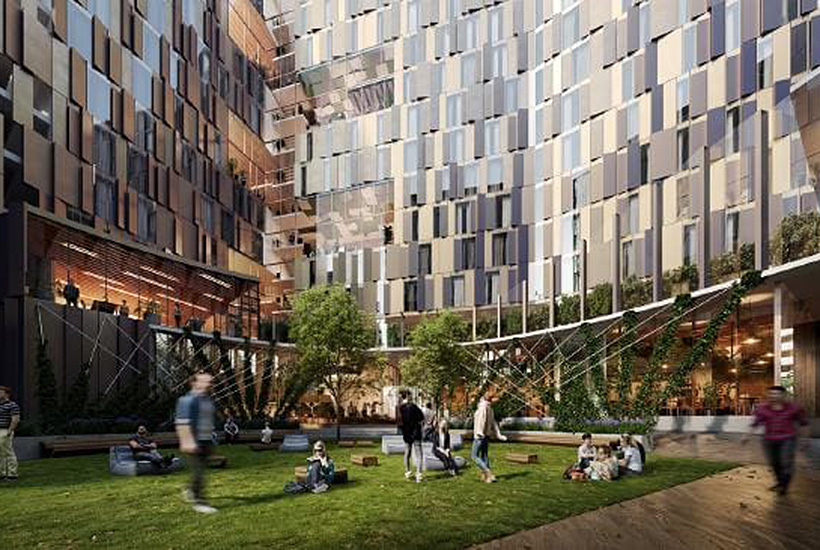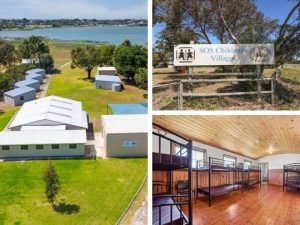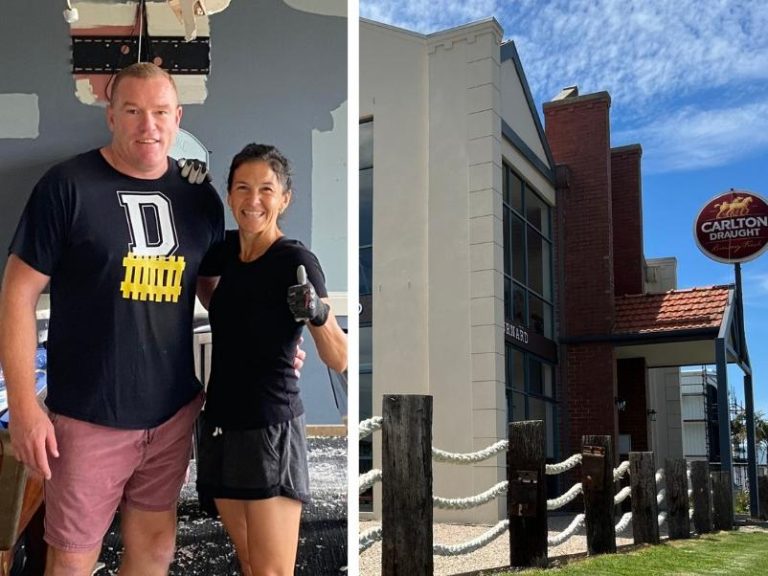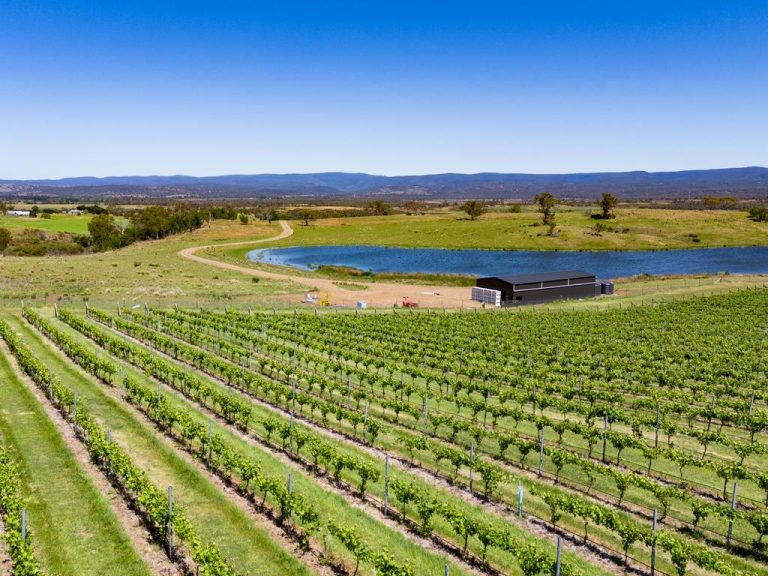Here’s the accommodation students really want: architect

The student accommodation market has seen an oversupply of studio-style product in recent years and the industry needs to improve fast or risk being left with a legacy of “anonymous” buildings, Hayball principal Thomas Gilbert says.
The architect warns that if standards don’t improve, then prospective international students could form a poor impression of the residential options available near Australian universities, which could dissuade them from moving here.
But he was encouraged to see an emerging trend towards the “college model”, whereby towers are made up of a significant proportion of four-bedroom apartments, rather than only individual studios, to help students get to know neighbours.
Commercial Insights: Subscribe to receive the latest news and updates
Hayball has unveiled its design for the student accommodation component — to be operated by Urbanest — of a $500 million innovation precinct at the University of Melbourne.
Lendlease is also in the consortium developing the urban renewal project.
The tower for postgraduate students and visiting academics will feature 527 beds plus communal spaces including lounges, an open ground floor foyer, an interconnected staircase dubbed a “vertical street” and a rooftop diner and cinema.
About 60% of rooms are in four-bedroom apartments, while there are studios for more senior students or researchers, and some two-bedroom family apartments for researchers with children.
The project comes as another nearby student accommodation tower designed by Hayball was announced this week by rich-lister Paul Little and Jane Hansen, also featuring a mix of shared apartments and studios.
The “college model” of shared apartments was starting to become more popular as students often preferred sharing with flatmates, Gilbert says.
The sector is “definitely getting better”, he says.
“But there’s been so much developed in the last three or four years that there was a lot of oversupply of the singular studio model, and a lot of architects were slow to adapt to what the students really wanted.
“We need to lead with this quality of student accommodation project to keep the students coming from overseas.
“We can’t give the impression the student accommodation in Melbourne is low quality and unsafe — we need to promote it as being world class.”
Projects need to have a social, shared aspect, “otherwise we’ll have this legacy of anonymous buildings, which will be a detriment to the sector”.
This article originally appeared on www.theaustralian.com.au/property.







